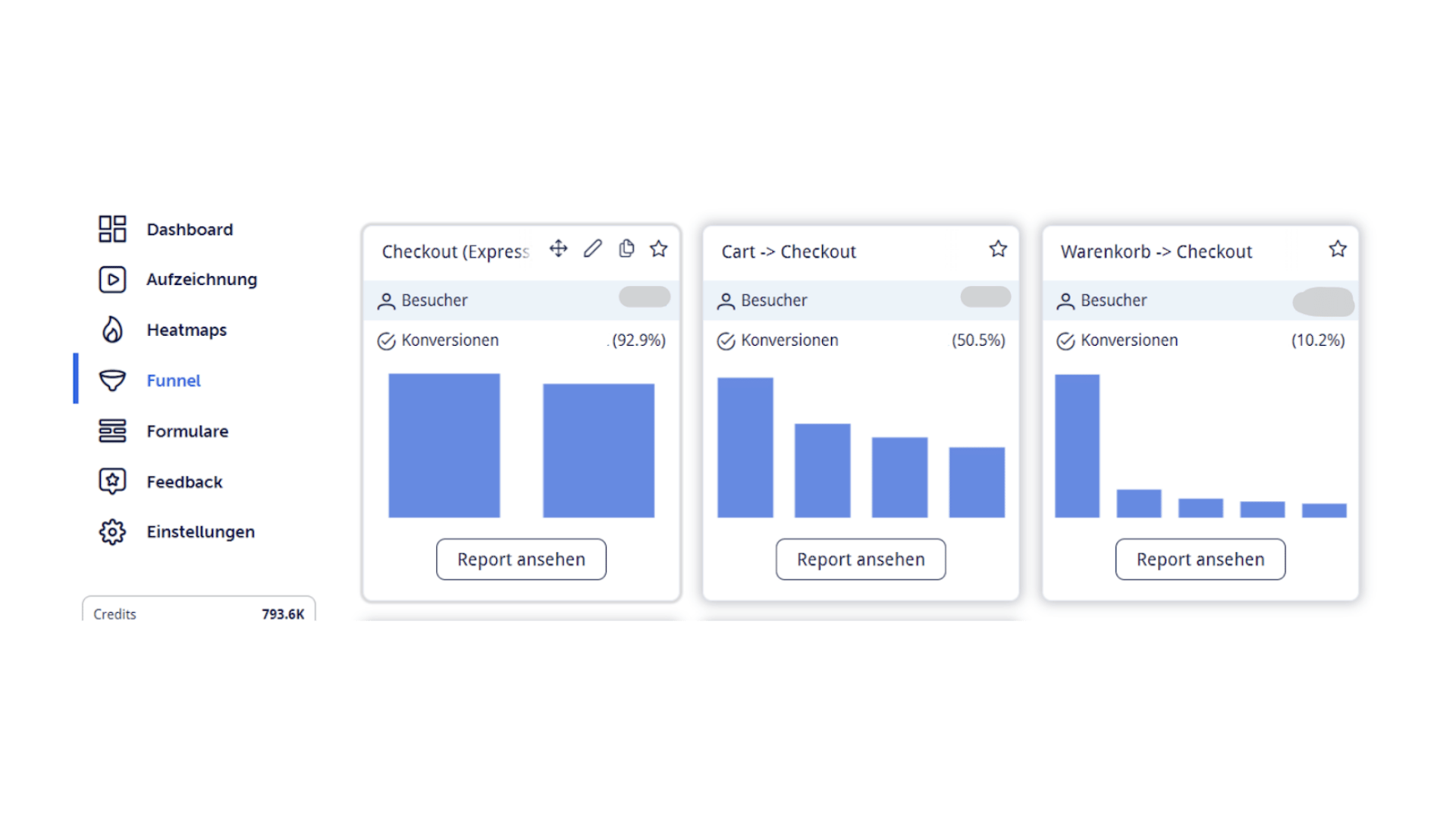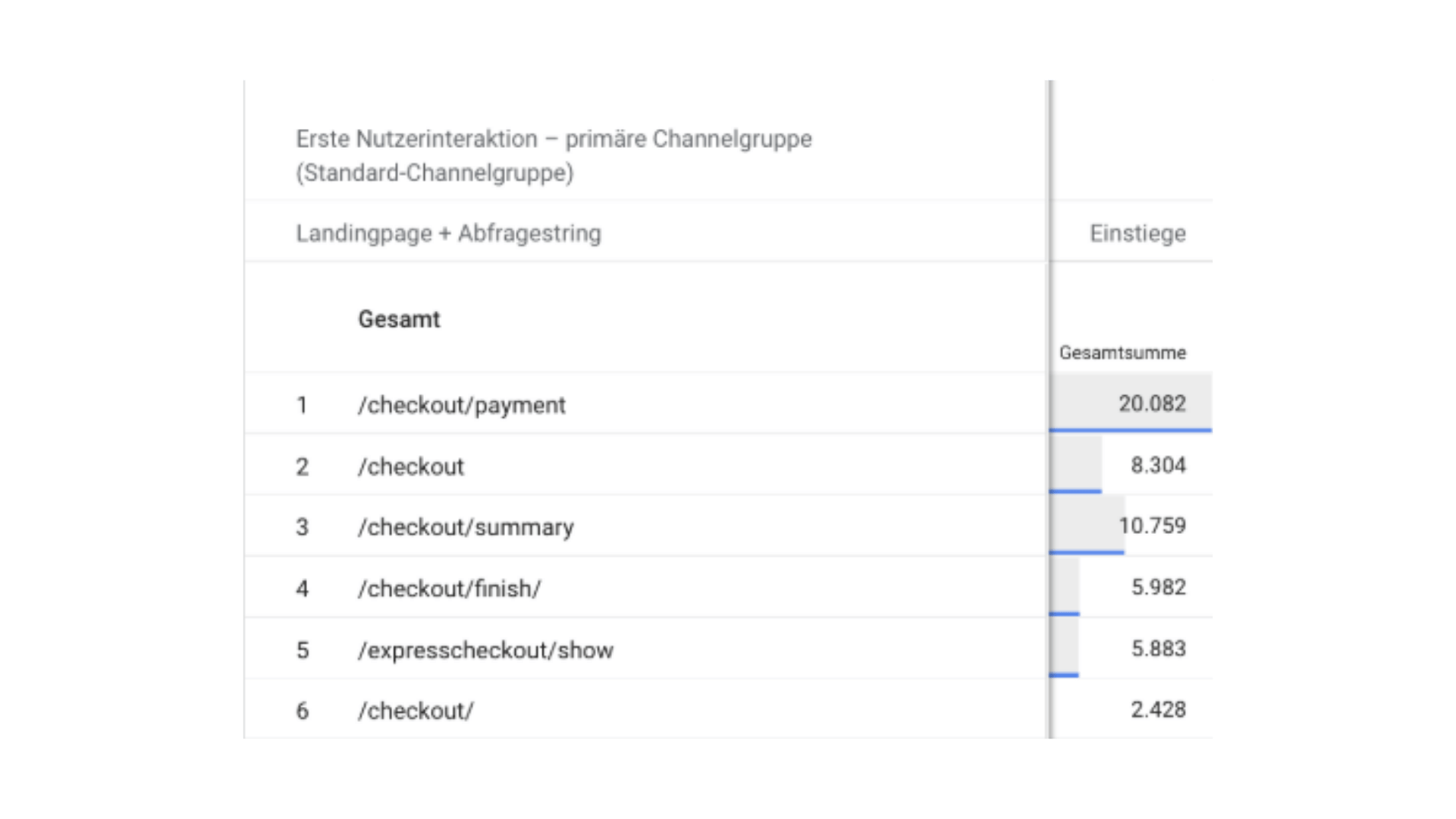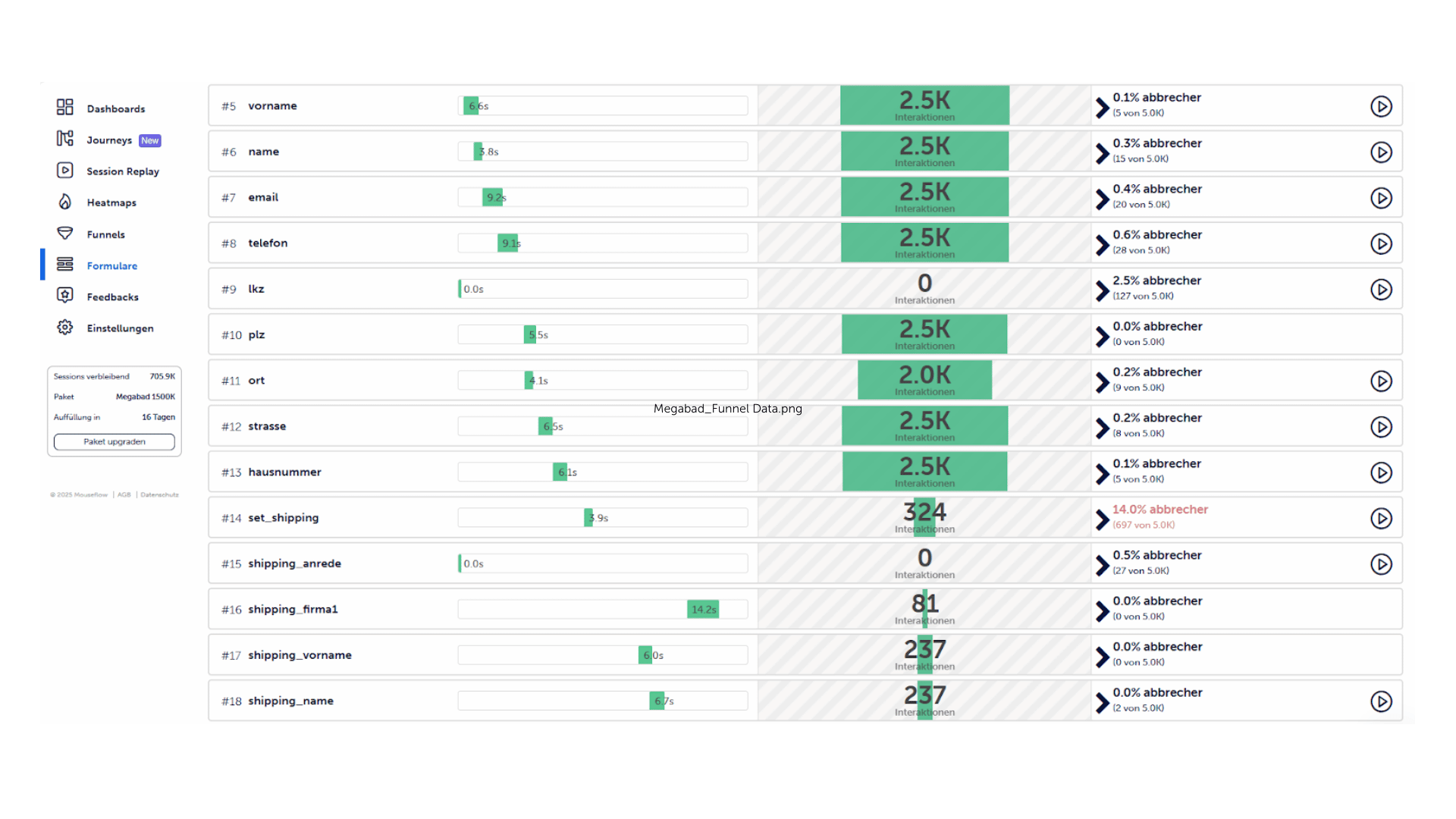Get the Megabad story sent directly to your inbox
MEGABAD is a global eCommerce retailer of sanitary products, offering everything from baths to basins and from taps to shower cabins – all one needs to design a bathroom for their new house.
MEGABAD started as a family business over 90 years ago and was one of the first companies in its segment to start an online store (in 2003). Today, it has grown into a worldwide business, having outlived the eCommerce platform they started with and even the programming language it was written in.
The Challenge
Recently, MEGABAD encountered a puzzling issue: Sales from their search engine advertising (SEA) campaigns seemed to have plummeted without alerting any of the safety measures that were already implemented. Despite seeing regular traffic on their product pages and visitors reaching the cart, conversions had significantly dropped in GA4 without affecting the revenue significantly. This raised a red flag for the team.
After the initial investigation with Google Analytics 4, they stumbled upon something really weird – many users seemed to be starting their sessions directly at the cart, entirely skipping browsing the products, and that behavior didn’t match any typical eCommerce customer journey.
The initial suspicion was that they had a tracking problem, but the traffic data looked normal. After looking at the quantitative data for two weeks and not finding the reason for the weird behavior, the team, led by Helen Schrader, MEGABAD’s Digital Marketing Director, knew they needed a tool that would provide deeper insights into what was happening between the cart and checkout stages.
They needed something that would record and replay entire user sessions. And for that, they turned to Mouseflow.

We now have 28 people on the team including myself working with Mouseflow regularly – looking for UX improvements, analyzing user journeys and media placements, and more. It pays off.
The Solution
Together with their Customer Success Manager from Mouseflow, Helen and her team started by building conversion funnels – for the fast checkout and for the regular checkout that requires creating an account with MEGABAD. They decided to record 100% of the traffic to make sure they didn’t miss anything.

What MEGABAD Has Discovered
Using this approach of narrowing down the scope, going from quantitative analytics to a finite list of session replays and watching them rigorously, Helen’s team made several discoveries that helped them understand the root cause of their conversion drop:
Session replays exposed delayed button loading in the checkout stage
Session replays revealed that the issue with sessions abruptly stopping at the cart and then starting from scratch at the checkout was due to a delayed loading of the “Buy” button in the normal checkout process.
The team at MEGABAD was running an A/B test on the checkout and using a personalization tool to generate this button.
However, due to some technical conflict the personalization tool generated it with a timeout that made GA4 think that the user session ended at the cart and that a new session began at the checkout (see screenshot below). The timeout was not only breaking the tracking, but also introducing some delay for the users, negatively impacting their experience.
Funnels and form analytics showed a drastic difference in conversion rate between fast and regular checkout
By examining Mouseflow’s funnel data, Helen’s team noticed that users in the fast checkout had a much higher conversion rate (roughly 92%) compared to those in the normal checkout, where less than 40% completed their purchase. This discrepancy was the first clue that something was wrong with the normal checkout flow.
Unlike fast checkout, regular checkout required users to create an account and was one step longer than the fast one. In the regular checkout, MEGABAD was using an expensive shipping address validation plugin. But many of their customers wanted to order bathroom equipment for houses that were only being built, meaning that they didn’t yet exist on the map or in this tool.
That created a lot of friction that MEGABAD was able to see thanks to Mouseflow’s form analytics tool, which showed that the time users spent filling out the address was suspiciously high and the drop-off rate caused by this particular form field was higher than others.
Form analytics also offered the option to watch sessions of those who struggled with a certain field, and MEGABAD verified their findings by watching some more user sessions. On session replays, it looked like users were filling out the address field again and again, each time a little slower, and then abandoning the process.
Payment method glitch in specific countries
Finally, by reviewing session replays, the team discovered one more friction point. Their ecommerce platform allowed them to offer different payment methods depending on the country and the cart value.
That added flexibility and customization, but it also resulted in a situation where a particular payment option popular in a certain country was not offered to shoppers from this country starting from a certain purchase value.
This type of friction is the hardest to find – it’s practically invisible in quantitative analytics tools, the users don’t complain about it, and it can only be discovered through analyzing session replays.



If you look at the quantitative data, you don’t see anything wrong with it, yet something smells fishy. With Mouseflow, you can build the funnels, look into session replays – and it becomes clear: here’s where you have a glitch.
The Result
After identifying the issues, MEGABAD implemented the following changes:
- Fixing the button delay: Once they realized the personalization tool was causing the problems with the “Buy” button, they knew what to do. The team started implementing the button directly on the eCommerce platform level rather than via the personalization tool. This little fix led to amazing results:
- Their tracking started working correctly again.
- By getting rid of the delay, they reduced user friction, reducing the drop-off rate in the regular checkout by 30% and increased conversion rates by 73%.
- Their SEA campaigns started producing better results because Google started to get plenty of feedback about their performance thanks to the now working attribution and was able to tweak the campaign with its algorithms. This, in turn, improved conversion rates.
- Simplifying regular checkout: They addressed the validation issue in the regular checkout, ensuring that customers were able to input the addresses of their new houses and proceed without unnecessary friction. This led to a 23% conversion rate increase.
- Resolving payment method issues: Adding the missing payment method improved the conversion rates by 17% in the specific country where it was previously unavailable.
Conclusion
As a growing global eCommerce store, MEGABAD understands the absolute necessity of providing the best possible experience to its customers and the fact that it can only be achieved through watching customers engage with the store and eliminating all friction throughout their journey.
With Mouseflow, the team at MEGABAD gained full visibility into the real customer experience and improved the checkout flow, leading to an impressive, 78% total increase in conversion rates.
Company: MEGABAD
Tools used: Mouseflow, Google Analytics, Google Tag Manager, trbo
Features used in Mouseflow: Session Replay, Funnels, Form Analytics, Friction Score
